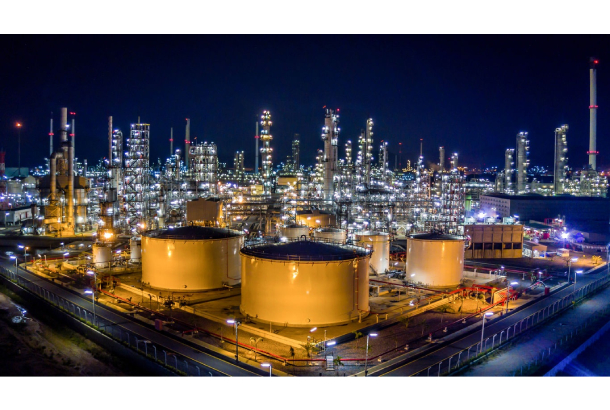by Atul Bansal, Chief Operating Officer, Technical Drying Services
In the intricate operations of power plants and oil refineries, where blasting, painting, and coating are pivotal processes, maintaining a controlled environment is paramount. Even the slightest presence of moisture can disrupt the efficiency of the entire plant. Therefore, effective climate control is imperative for processes involving tanks, ammunition, gunpowder, explosives, columns, reactors, coke drums, vessels, pipelines, bullets, and more.
High humidity significantly interferes with surface preparation and coating procedures. Blasting, the initial step in enabling painting and coating, becomes compromised if the blasted surface is exposed to humid conditions before painting, leading to undesirable condensation formation. In such instances, proper surface preparation, ensuring thorough adhesion of the coating to the substrate, becomes pivotal for effective coating and painting outcomes. Painting on a condensed surface can result in issues like blistering and delamination. In fact, improper surface preparation is a significant contributor to 60-80 percent of premature coating failures, reducing the overall life of the coating system.
Dealing with highly vulnerable materials like petrochemicals and chemical gases stored in tanks necessitates stringent environmental control. Improper coating not only damages surfaces but can also lead to contamination and dilution of stored products. Desiccant dehumidifiers play a crucial role in maintaining a controlled environment during the entire blasting and coating process. Their absence poses a risk to coating life, especially when applied on cold metal surfaces, potentially leading to peeling unless surfaces are adequately cleaned and dried before coating.
Further, during the monsoon season, the coating process is frequently delayed or halted due to elevated humidity levels. This delay, compounded by condensation during cold nights, contributes to corrosion, commonly known as rust blooming or flash rust, further impeding project completion and plant productivity.
The implementation of desiccant dehumidification solutions proves instrumental in facilitating year-round blasting, painting, and coating, regardless of external weather conditions. This eliminates downtime caused by adverse weather, contributing significantly to reduction in project time and cost. Unlike phased approaches where blasting and painting are conducted separately to avoid condensation between phases, a desiccant dehumidification system enables continuous processes, saving both time and costs.
To combat the destructive impact of moisture, a desiccant dehumidification system maintains optimal conditions for coating and painting. Advanced technology ensures stable environment, meeting industry specifications for temperature, relative humidity, and dew points. With relative humidity (RH) maintained below 55%, temperatures between 30°C to 35°C, and a constant dew point differential, these systems offer an ideal solution for achieving precise coating conditions. One of desiccant dehumidification’s advantages lies in achieving a constant dew point differential of -5°C between the air and the surface to be coated, and a -12°C dew point difference between the air inside the tank and outside.
Desiccant dehumidifiers offer a host of advantages, from preventing surface condensation and reducing inter-coat delamination instances to enhancing curing properties. In addition to these benefits, opting for desiccant dehumidification solutions is 2-4% more cost-effective than the total cost of corrosion preventive painting. The system ensures proper surface preparation, eliminating moisture from the coating system, preventing condensation, and increasing coating life. The technology proves to be a straightforward, economical, and efficient solution for optimal surface preparation and coating application.
The confined spaces where these processes occur pose additional challenges, particularly concerning worker safety. Desiccant dehumidification systems, equipped with ventilation solutions, create a comfortable and safe working environment within these enclosed spaces. In blasting operations, where hazardous fumes and inflammable vapours are released, the ventilation system plays a crucial role in temperature control, ensuring worker safety and productivity.
In summary, desiccant dehumidification systems are indispensable for reducing downtime in refineries and power plants. They offer a comprehensive solution for critical operations like blasting, painting, and coating, ensuring year-round productivity and timely project completion. As moisture-related issues are mitigated, these solutions contribute significantly to the overall efficiency and longevity of industrial processes.






